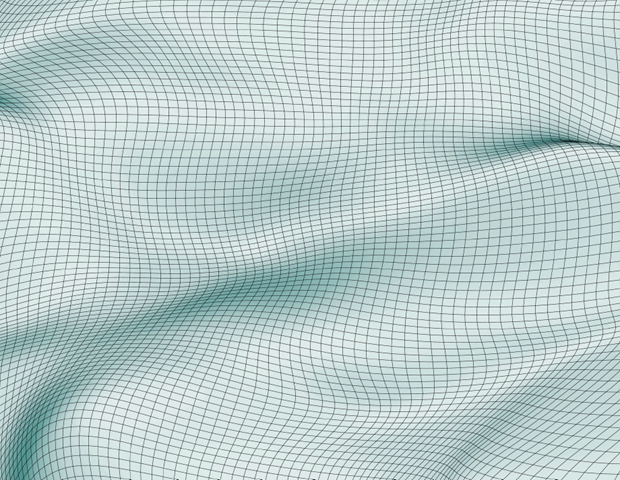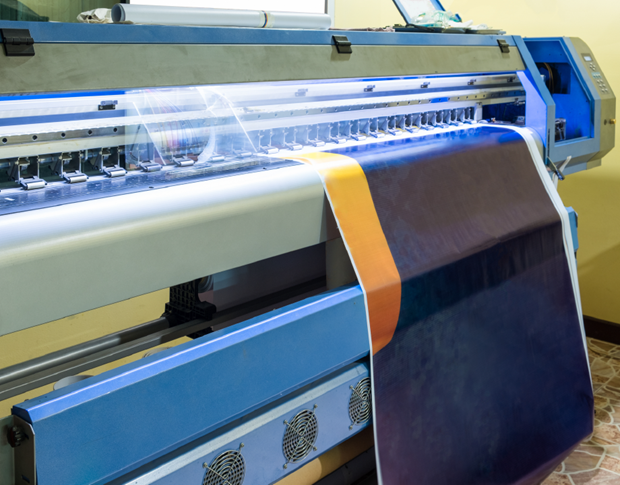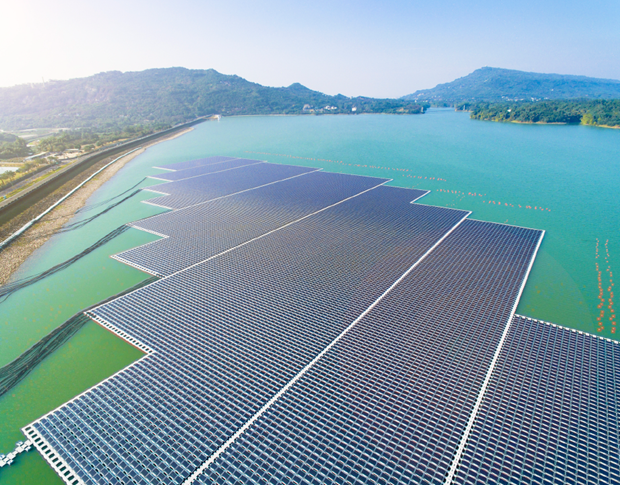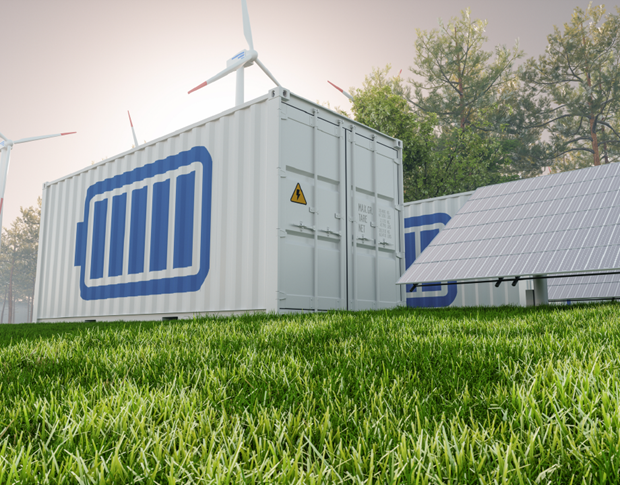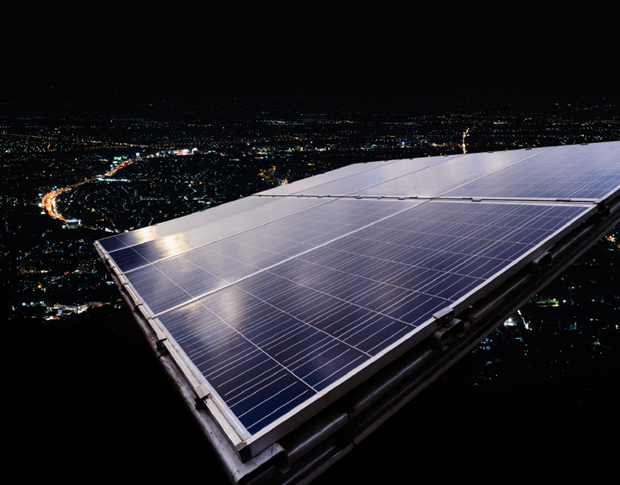7 Creative Applications of Solar Energy
7 Creative Applications of Solar Energy
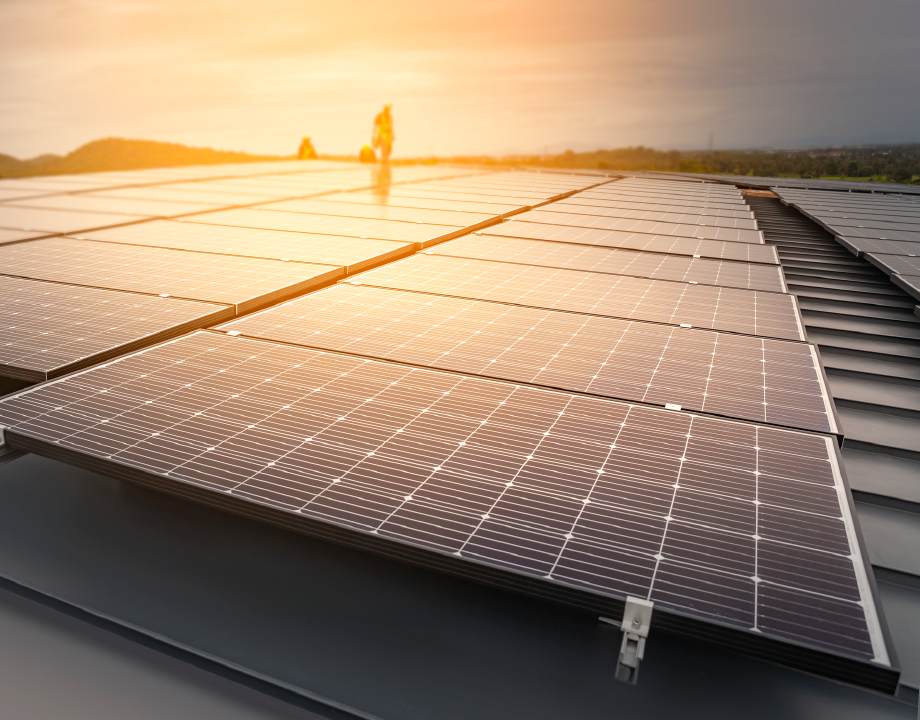

New advances in solar energy technologies enable an increasing number of creative applications of solar energy.
This story was updated on 1/20/2023.
The term “solar power” often evokes images of bulky solar panels bolted to rooftops or shimmering solar farms in the desert—but advances in solar energy technologies are made on a regular basis.
For example, scientists at the National Renewable Energy Laboratory (NREL) have fabricated a solar cell that can generate a solar conversion efficiency as high as 47.1 percent, and solar cells continue to be fabricated with new and improved materials, such as perovskite and organic semiconductors.
Keep reading to learn about seven creative applications of solar energy.
1. Solar Fabrics
Tiny, flexible solar panels can now be stitched into the fabric of clothing. Solar filaments embedded into shirts, winter coats, and other types of clothing keep you warmer, power your phone, or provide energy for other portable electronic needs.
Other applications include lighting up building facades, awnings, and curtains, or powering heated car seats.
Take Our Quiz: What Do You Know About Solar Power Manufacturing?
2. Solar Skins
“Solar skin” is a novel solar technology created by MIT-spin-off Sistine Solar. As an aesthetic overlay, solar skin transforms the look of any solar panel by using imprinted custom images such as business logos or advertisements.
The technology uses selective light filtration to simultaneously display a vibrant image and transmit sunlight to the underlying solar panel with minimal loss in efficiency.
3. Solar-Powered Roads
Solar-powered roads have the ability to generate clean energy, illuminate themselves at night, and melt snow and ice during the winter months—and covering U.S. roads in solar panels would generate approximately 80 percent of the country’s energy needs.
Factors impacting energy production include panel efficiency, panel angle, tracking methods, sunlight hours, and temperature. Road materials also make a difference—asphalt flexes slightly under pressure, which would damage rigid solar cells, and concrete is less flexible and would better support solar cells.
Several companies and transportation agencies are currently testing the viability of these solar-powered road systems.
Recommended for You: Getting More Energy from Solar Panels
4. Floating Solar Farms
“Floatovoltaics” are photovoltaic (PV) solar power systems designed to float on the large surfaces of water bodies. Research at NREL shows floatovoltaics installed on just one-fourth of the nation’s man-made reservoirs would be able to generate about 10 percent of U.S. energy needs.
Studies also show the power production of floating solar panels is greater by up to 10 percent due to the cooling effect of water. Additionally, floating solar farms reduce the evaporative loss of water and suppress algae blooms, lowering water treatment costs.
5. Solar Storage
Typically, once electricity is generated from solar energy, it goes out to the energy grid rather than being stored, but researchers are developing new ways to store energy produced by solar PV systems on a larger scale.
For example, one promising approach, led by Novatec Solar, is molten salt storage technology. This involves the solar collector using inorganic molten salt as the heat transfer fluid, instead of heat transfer oils.
6. PV Solar Noise Barriers
Over 3,000 miles of traffic noise barriers along U.S. highways are designed to reflect noise away from populated areas. The U.S. Department of Energy is studying how to integrate solar cells into these barriers to provide sustainable power generation, with the potential for 400-gigawatt hours annually. This is approximately equal to the annual electricity usage of 37,000 homes.
The energy produced by these noise barriers can be sold to either the Department of Transportation or nearby communities at a reduced rate.
You May Also Like: Solar Desalination System Delivers High Energy Output
7. Solar at Night
Due to the lack of sunlight, solar panels cannot generate electricity at night. However, scientists at the University of California have created a new type of solar panel that is capable of generating electricity during the night by capturing infrared light, which is generated by the thermal gradient between the solar cell and the atmosphere. Although the nighttime solar panel only produces about 25 percent of the energy a regular solar panel produces during the day, it is still a significant amount of extra energy that can be stored or added to the power grid.
The demand for cheaper, more sustainable energy means solar energy companies will continue to find ways to improve solar cell technologies and extend battery life. Advanced solar power and storage technologies will also expand design options for smaller and more powerful solar cells that can be used in more creative ways to improve quality of life.
Mark Crawford is a technology writer based in Corrales, N.M.
